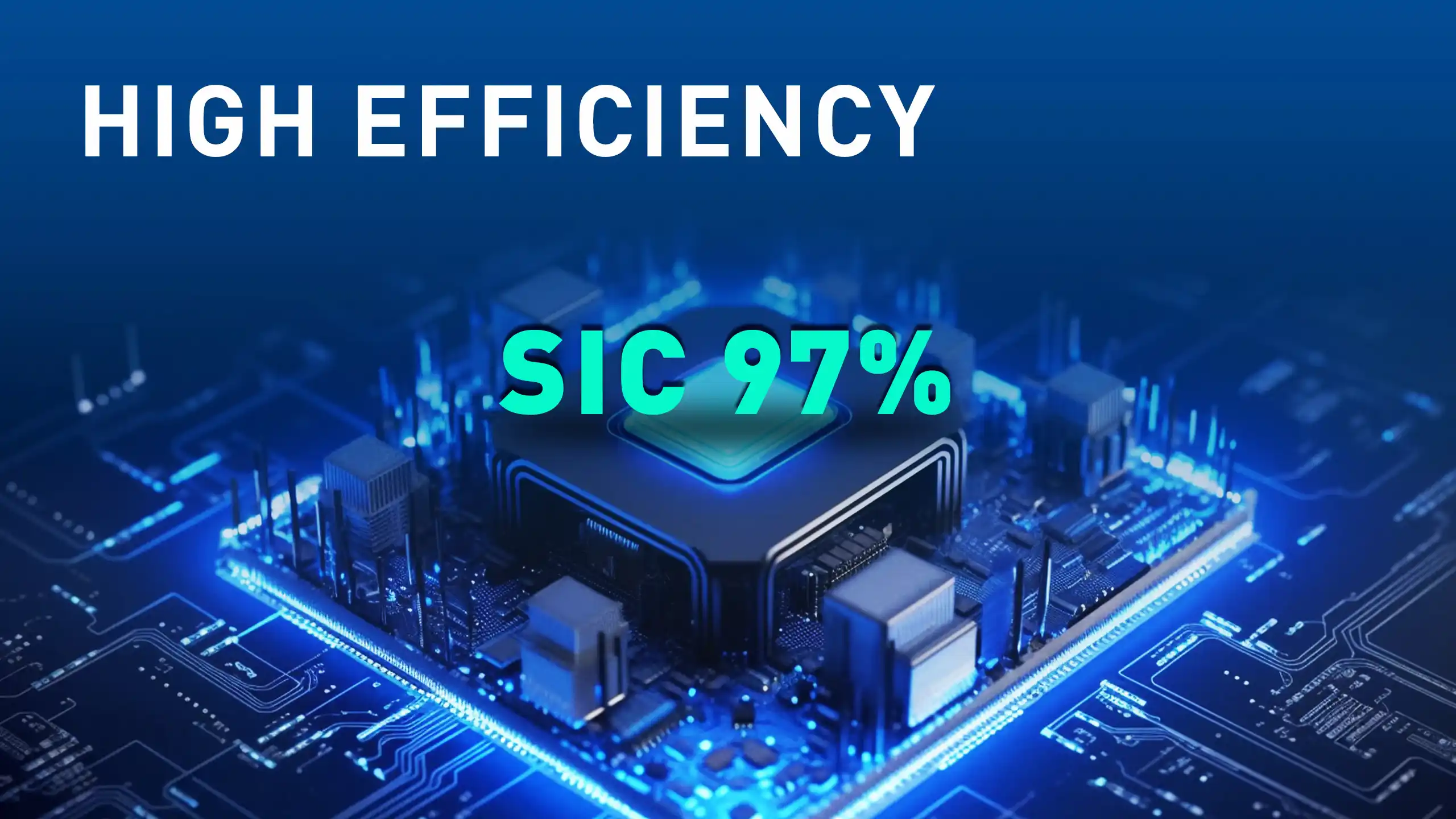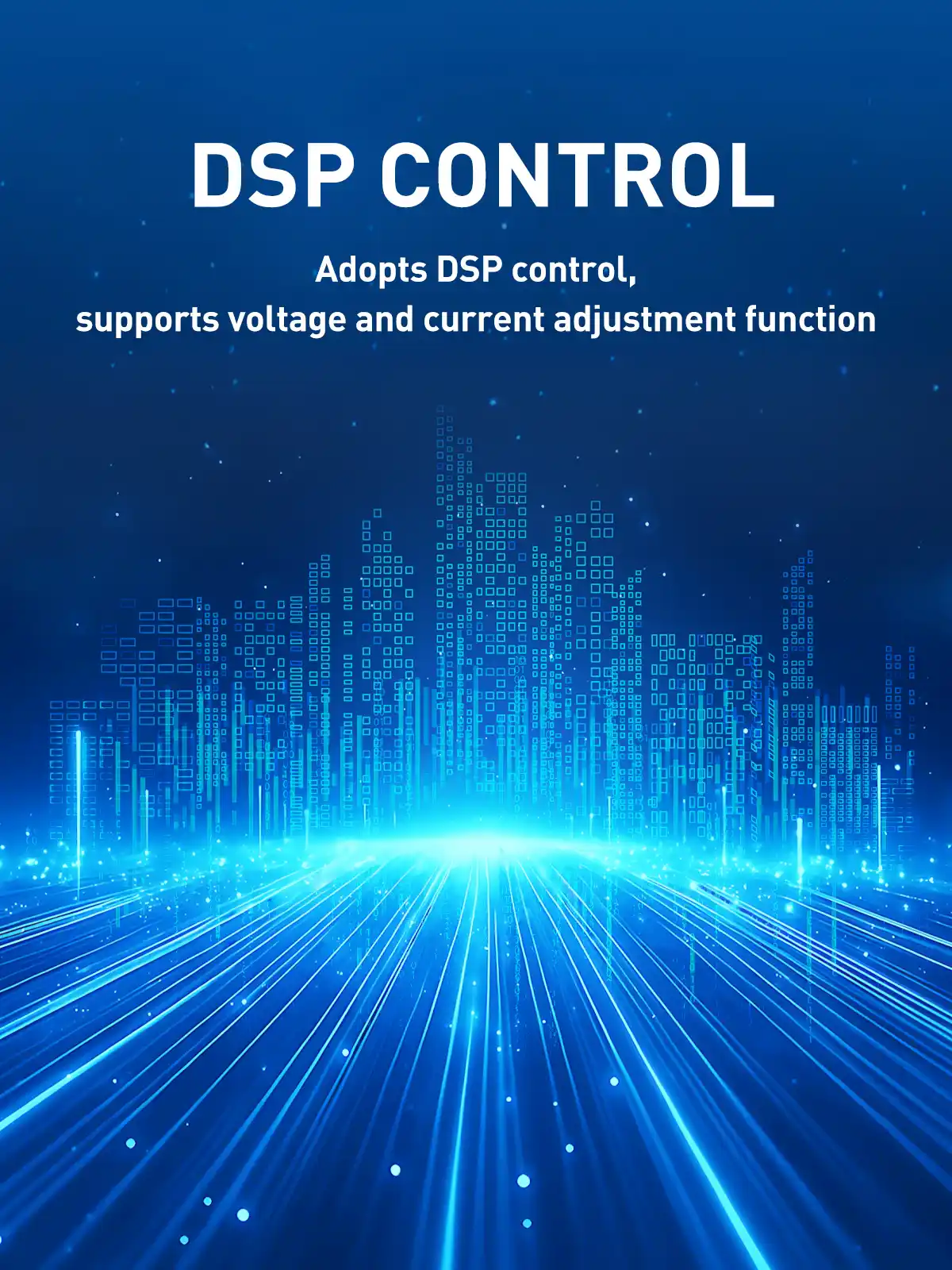
شاحن السيارة الكهربائية المحمول >
شاحن السيارة الكهربائية المحمول >









Choosing EVB DC charging module for your ev dc charging station to ensure compatibility, efficiency, and convenience.
EVB DC power modules are specially engineered for high-performance EV charging applications, combining ultra-high efficiency, high power factor correction, and outstanding reliability. Each module integrates intelligent control, enhanced safety, and exceptional design flexibility to deliver stable, efficient energy conversion in a compact form. With advanced air-cooled heat dissipation and refined industrial design, EVB power modules ensure superior performance, durability, and visual appeal for modern DC charging solutions.






Adopt potting technique to improve protection level and extend pproduct life span
Power density of up to 60W/in³
Supports automatic address identification and manual setting function.
Convenient for operation, display voltage, current, group, protocol, address, manual or automatic and fault information;
Input over/under voltage, output over voltage, over current, over temperature protection, output undervoltage alarm,
output short circuit protection;
Voltage ripple factor <1% (peak factor)
EVB DC power modules run quietly to create a more comfortable charging experience. With optimized cooling and smooth operation, they reduce noise during use—making them ideal for locations where a calm and pleasant environment matters, such as residential areas, parking garages, and public charging stations.


EVB DC charging modules, featuring high efficiency, reliability, and intelligent control, are ideal for a wide range of DC charging applications. Whether in public charging stations, bus depots, or dedicated fleet charging facilities for logistics and corporate vehicles, EVB modules provide stable, fast, and safe DC power output. They meet the charging needs of various types of electric vehicles while reducing energy loss and operational disturbances, ensuring an efficient and reliable charging experience for users.
EVB has successfully delivered a lot of DC power module solutions worldwide, enabling businesses and communities to build reliable and efficient EV charging infrastructure. Our expertise ensures high-performance, durable power modules that optimize energy efficiency and cost-effectiveness for a wide range of charging applications.
The famous hotel in Bulgaria use EVB Power Module in their advertising dc ev charger for commercial use
The customer integrates EVB Power Modules into their roadside DC EV chargers, ensuring reliable, high-performance.
A leading company in Thailand uses EVB power modules in their super DC EV charging stations designed for tropical outdoor environments.
EVB offers DC charging power module that meet global standards, ensuring your charging infrastructure is both reliable and compliant, thus helping you build lasting client trust with our expert support and high-quality solutions.





We have compiled a list of frequently asked questions (and answers) about EVB power modules for your reference. If there is no questions you want to know, welcome to contact us
Ensure the AC input voltage has no open-phase condition, the module is not operating in a high-temperature environment, and the module address is unique; once these are checked, the module should return to normal.
Pause operation and let the module run without load while monitoring the temperature.
Disconnect the module from AC power for one minute and ensure it is fully powered off before restarting; if the fan still does not work, reconnect it, then replace the fan if necessary, and finally inspect the fan drive circuit if the issue persists.
Ensure the wiring and power grid are functioning correctly and that the module’s input plug is securely connected.
Make sure the module load is in normal condition. Checkwhether the load is above normal level and the modulelimited current is below the normal level.
جميع الحقوق محفوظة © ٢٠٢٥، EVB. مدعوم من beny.